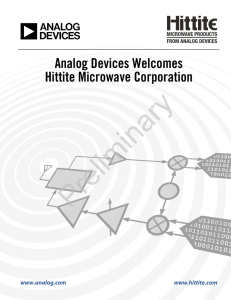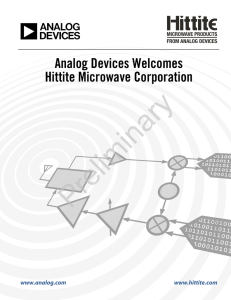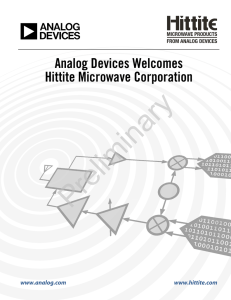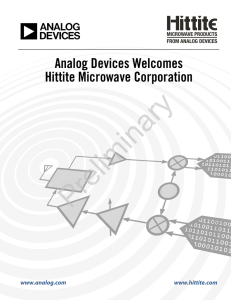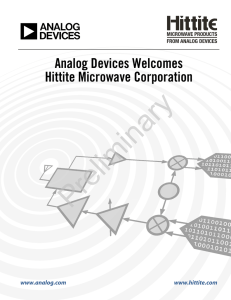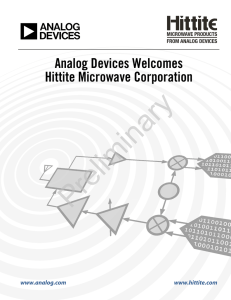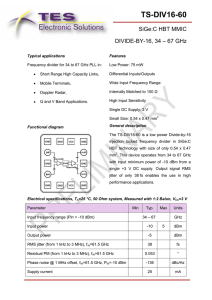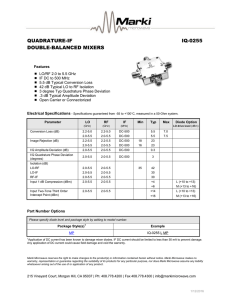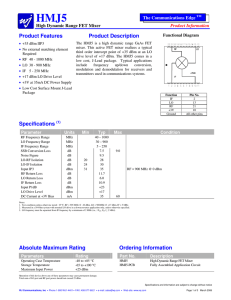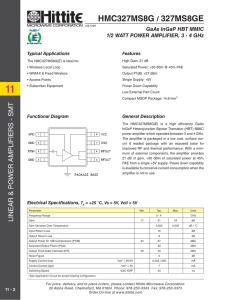an ingap/gaas hbt mmic mixer for interference ancellation
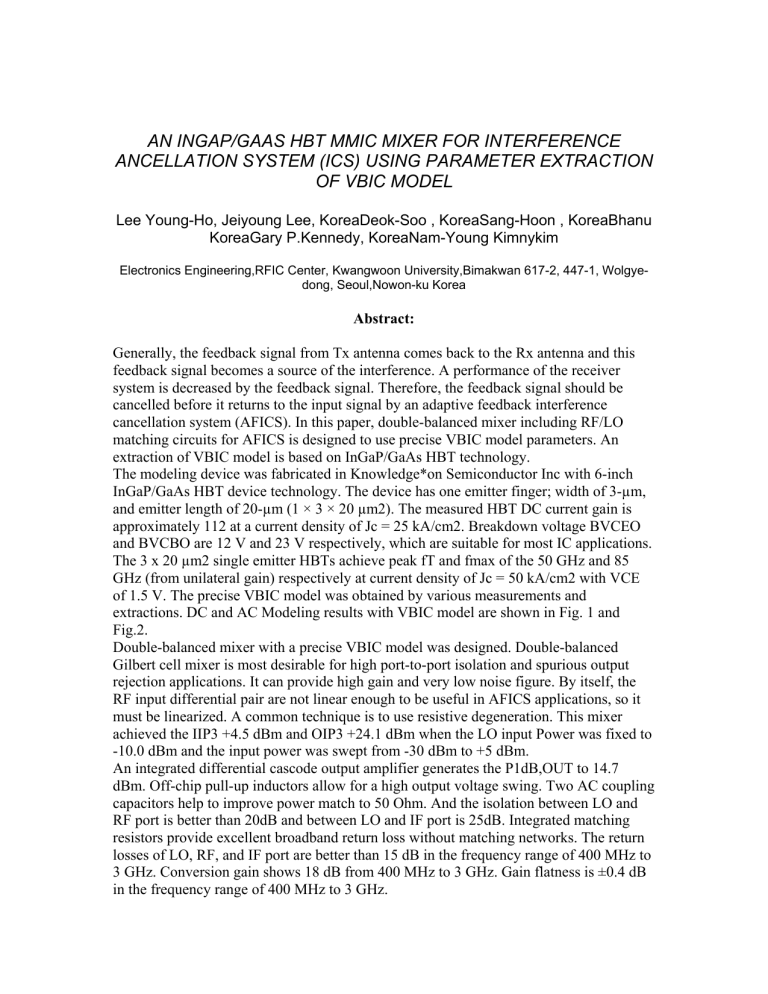
AN INGAP/GAAS HBT MMIC MIXER FOR INTERFERENCE
ANCELLATION SYSTEM (ICS) USING PARAMETER EXTRACTION
OF VBIC MODEL
Lee Young-Ho, Jeiyoung Lee, KoreaDeok-Soo , KoreaSang-Hoon , KoreaBhanu
KoreaGary P.Kennedy, KoreaNam-Young Kimnykim
Electronics Engineering,RFIC Center, Kwangwoon University,Bimakwan 617-2, 447-1, Wolgyedong, Seoul,Nowon-ku Korea
Abstract:
Generally, the feedback signal from Tx antenna comes back to the Rx antenna and this feedback signal becomes a source of the interference. A performance of the receiver system is decreased by the feedback signal. Therefore, the feedback signal should be cancelled before it returns to the input signal by an adaptive feedback interference cancellation system (AFICS). In this paper, double-balanced mixer including RF/LO matching circuits for AFICS is designed to use precise VBIC model parameters. An extraction of VBIC model is based on InGaP/GaAs HBT technology.
The modeling device was fabricated in Knowledge*on Semiconductor Inc with 6-inch
InGaP/GaAs HBT device technology. The device has one emitter finger; width of 3-µm, and emitter length of 20-µm (1 × 3 × 20 µm2). The measured HBT DC current gain is approximately 112 at a current density of Jc = 25 kA/cm2. Breakdown voltage BVCEO and BVCBO are 12 V and 23 V respectively, which are suitable for most IC applications.
The 3 x 20 µm2 single emitter HBTs achieve peak fT and fmax of the 50 GHz and 85
GHz (from unilateral gain) respectively at current density of Jc = 50 kA/cm2 with VCE of 1.5 V. The precise VBIC model was obtained by various measurements and extractions. DC and AC Modeling results with VBIC model are shown in Fig. 1 and
Fig.2.
Double-balanced mixer with a precise VBIC model was designed. Double-balanced
Gilbert cell mixer is most desirable for high port-to-port isolation and spurious output rejection applications. It can provide high gain and very low noise figure. By itself, the
RF input differential pair are not linear enough to be useful in AFICS applications, so it must be linearized. A common technique is to use resistive degeneration. This mixer achieved the IIP3 +4.5 dBm and OIP3 +24.1 dBm when the LO input Power was fixed to
-10.0 dBm and the input power was swept from -30 dBm to +5 dBm.
An integrated differential cascode output amplifier generates the P1dB,OUT to 14.7 dBm. Off-chip pull-up inductors allow for a high output voltage swing. Two AC coupling capacitors help to improve power match to 50 Ohm. And the isolation between LO and
RF port is better than 20dB and between LO and IF port is 25dB. Integrated matching resistors provide excellent broadband return loss without matching networks. The return losses of LO, RF, and IF port are better than 15 dB in the frequency range of 400 MHz to
3 GHz. Conversion gain shows 18 dB from 400 MHz to 3 GHz. Gain flatness is ±0.4 dB in the frequency range of 400 MHz to 3 GHz.

